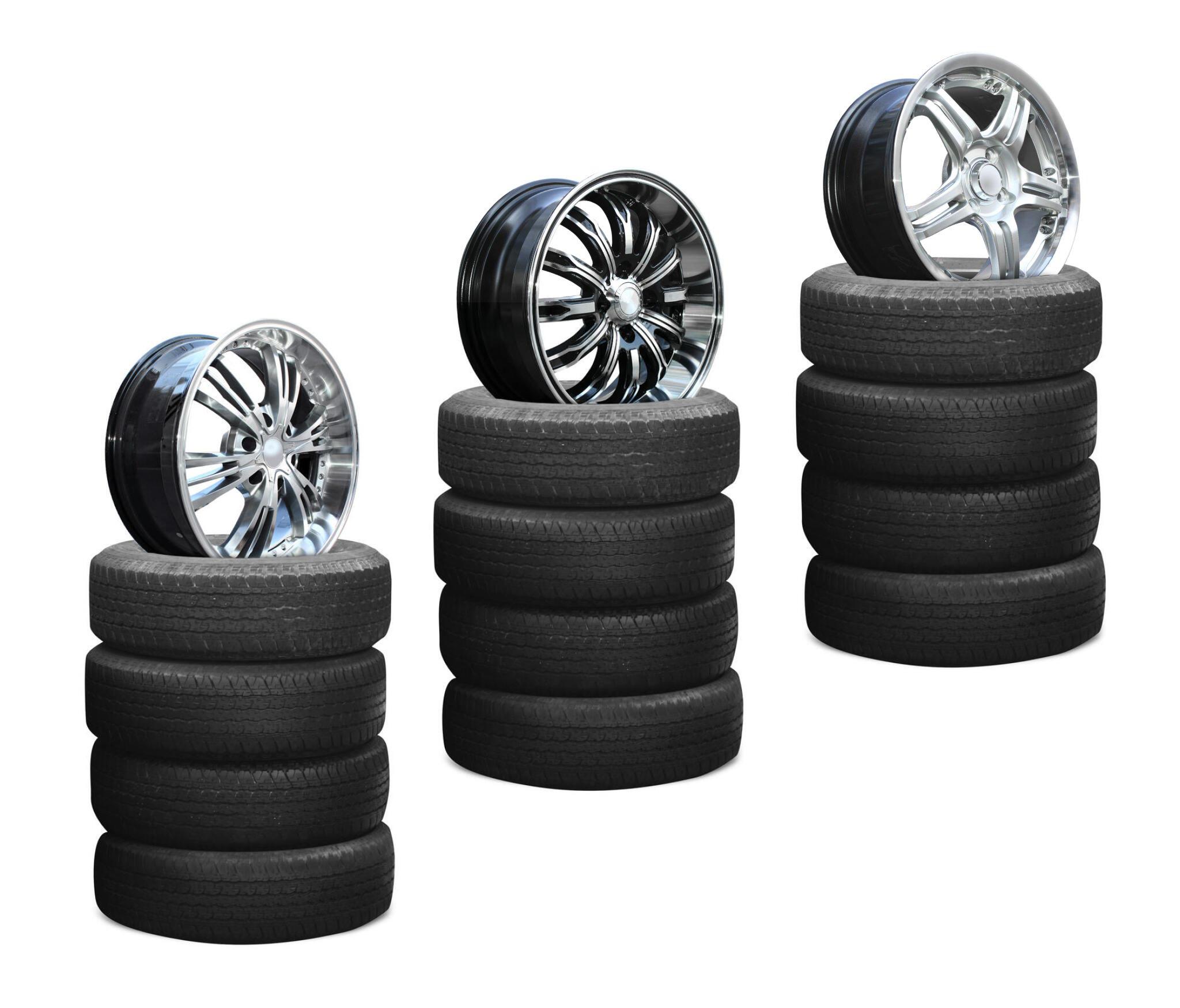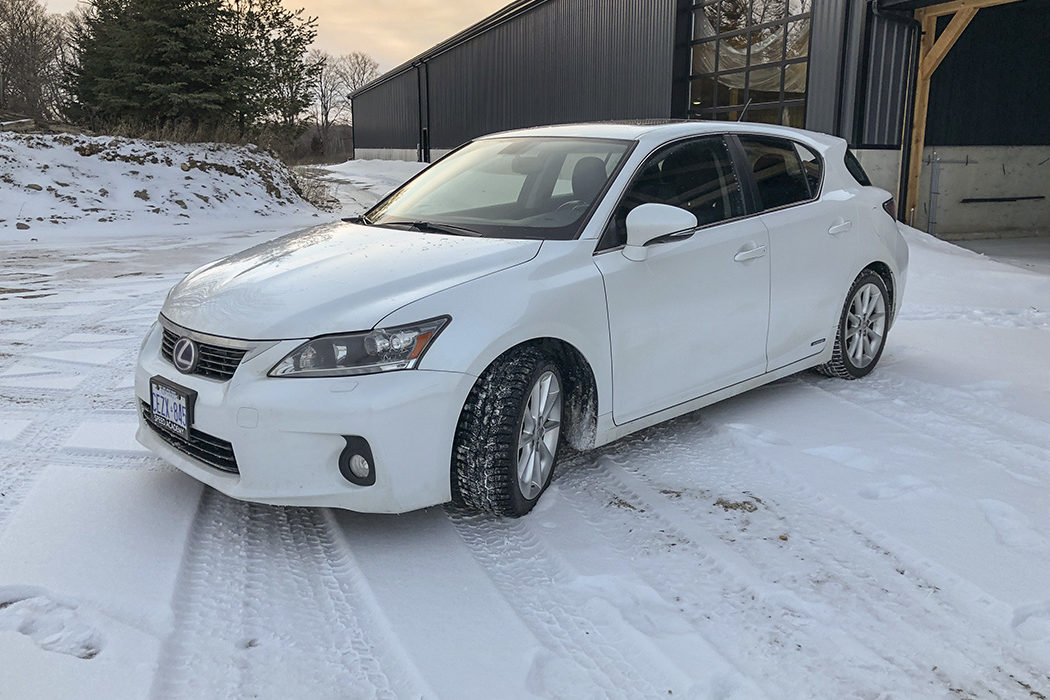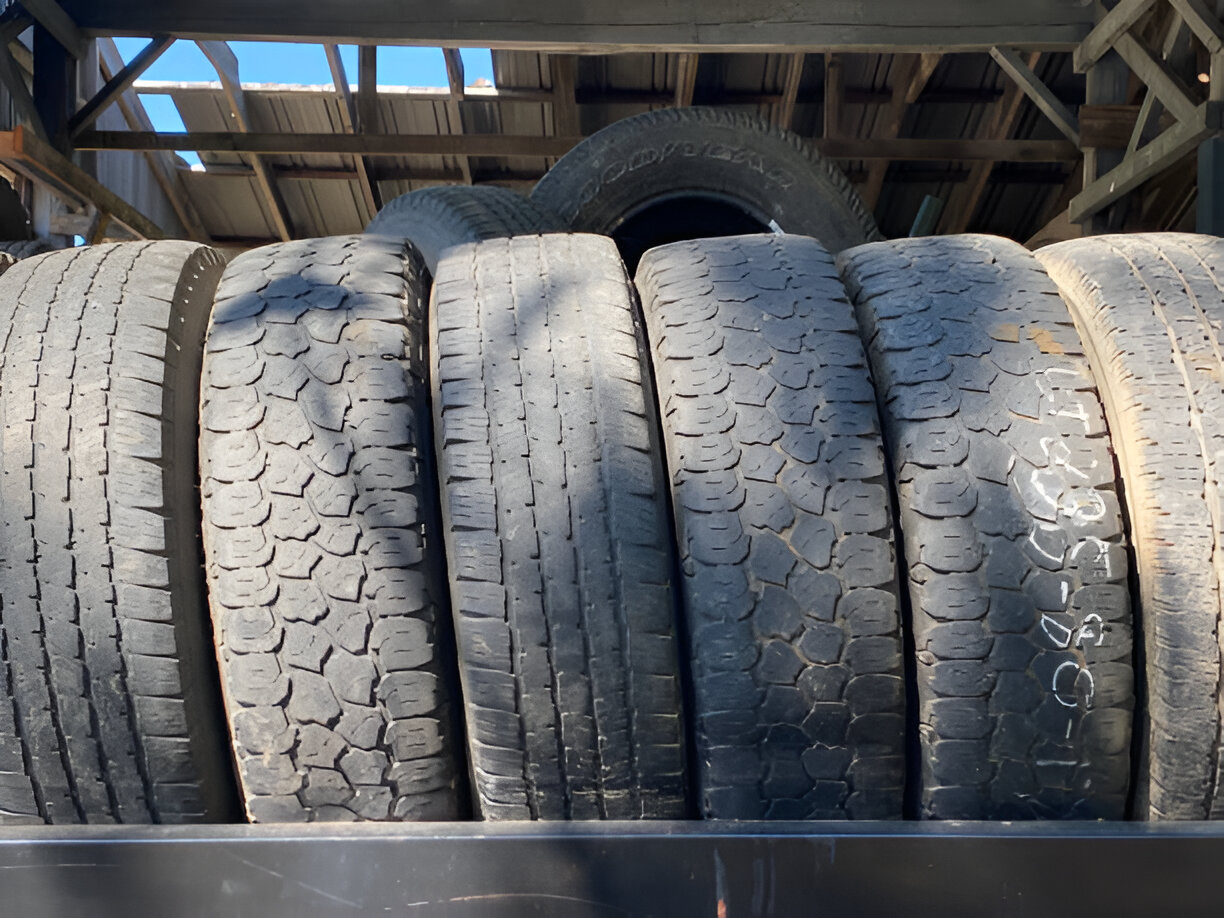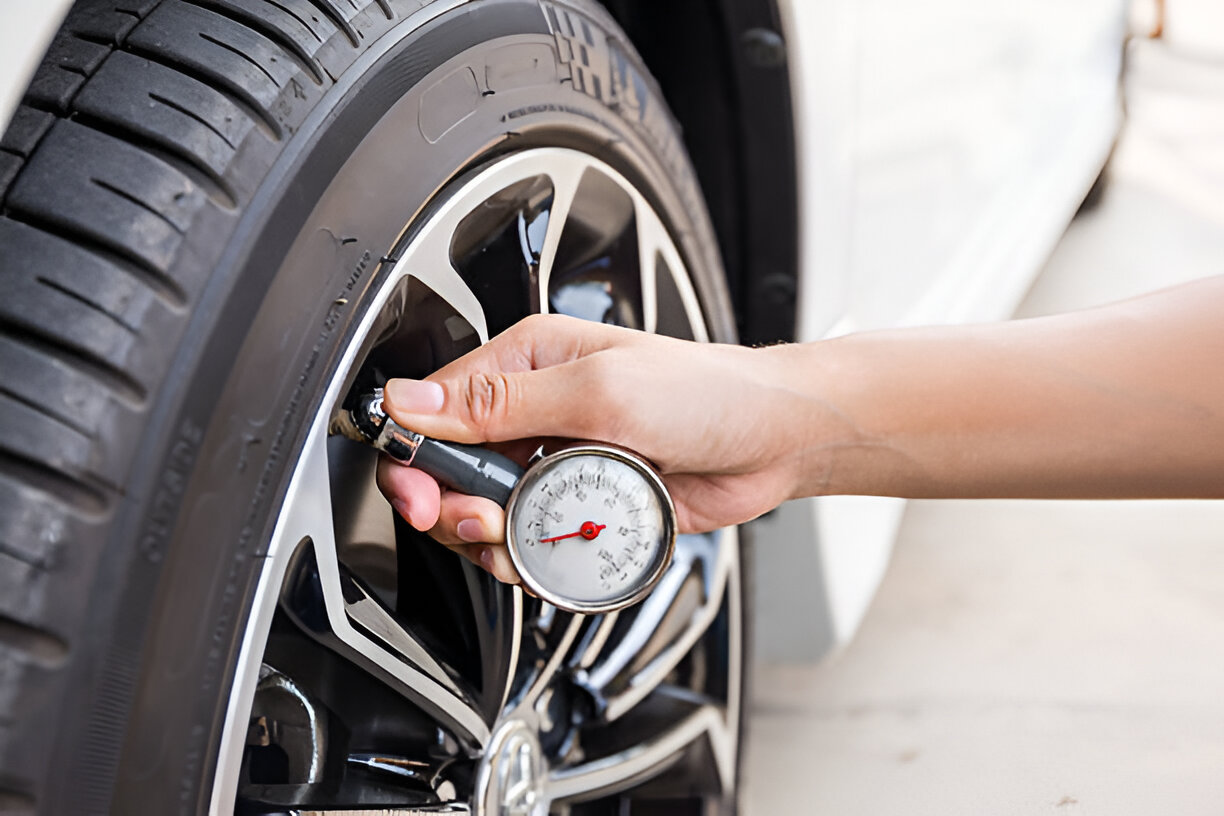Last Updated on August 3, 2025
Ensuring Safe and Reliable Cold-Weather Driving
As winter approaches, the change in weather brings a unique set of challenges for drivers. Snow, ice, and freezing temperatures can significantly impact road conditions, making safe driving a priority. One crucial aspect of preparing for winter driving is changing your tires to winter-specific ones. In this blog, we’ll explore why changing tires for winter driving is not just a choice but a necessity for your safety and the safety of others on the road.
Changing Tires for Winter
Snow tires used to be just that: tires only used for driving in snow. Unable to survive for long in regular driving conditions (emergency braking and warmer temperatures would devastate the tread), snow tires were reduced to a singular purpose. But things are different now as technology has improved, and drivers’ needs have changed, making the switch to winter tires essential to maintaining driving safety.
With more than 1,300 people killed and 116,000 injured from vehicle crashes on snow or ice, most drivers should consider investing in quality snow tires. Even if you don’t live in a snowy region, 70% of the nation’s highways are in snow-prone zones, meaning you will likely come across hazardous conditions at some point.

Wouldn’t you rather drive confidently, knowing your tires aren’t at the mercy of the weather?
Losing Flexibility Means Losing Grip
Snow tires are formulated with tread rubber that retains flexibility in the cold, which is difficult considering the cold’s natural ability to suppress and shrink. Increased traction is accomplished with innovative tread compounds, deeper tread depths, and additional sipes—all three work together to direct water, slush, and any form of water away from under the tire.
And don’t be fooled by the term all-season tires either—they can’t adjust as well to cold temperatures, i.e., anything below 44 degrees, and subsequently, lose traction due to stiffening. This means cold, snowless roads pose a serious risk to drivers without snow tires, as the harder tire substance results in less tire in contact with the road and no “bite” on the cold or frozen surfaces.
The Case For 4 Tires And Not 2
The facts are that having all four tires with the same traction level will increase your stability and safety on winter roads. It doesn’t matter if your vehicle is front or rear-wheel drive; snow tires are most effective on all four wheels. 7 out of 10 tire manufacturers agree that using two dissimilar types of wheels on your vehicle will give off the effect of a split personality; one set won’t perform while the other will, and vice versa.
Mounting to the front positions only puts you at risk for compromised rear tire traction. You will be able to start and steer fine. However, you run the risk of a possible rear-wheel skid since the front has traction while the rear does not have that same level of traction.
Mounting to the rear positions only (even on a rear-wheel drive) puts your steering capabilities at risk since the front wheels are mainly responsible for determining direction. Even with rear-wheel traction, you’ll have difficulty controlling your vehicle, and stopping distances will be greatly reduced.
Brave The Sticker Shock
It’s true. Snow tires and a spare set of wheels can be expensive, and storing an extra set of tires and wheels is a bit of a hassle. While the severity of winter can vary depending on where you live, you can’t put a price on safety. If you live in an area with regular freezing temperatures or snowfall, investing in winter tires is well worth the cost. Changing your tires allows you to drive confidently no matter what Mother Nature throws at you!
Enhanced Traction and Grip
Winter tires, known as snow tires, are designed to perform optimally in cold, icy, and snowy conditions. They are made from a special rubber compound that remains flexible in low temperatures, ensuring better traction on slippery surfaces. The unique tread patterns of winter tires improve grip, helping your vehicle maintain control even on icy roads.
Superior Handling in Winter Conditions
Winter driving often involves navigating through snow, slush, and ice. Winter tires have deeper treads and sipes (small channels) that help disperse water and slush away from the tire’s contact patch. This feature prevents hydroplaning and enhances your ability to steer and stop, even in adverse conditions. The result is improved handling and responsiveness when you need it most.
Shorter Stopping Distances
One of the most significant advantages of winter tires is their ability to reduce stopping distances on icy or snow-covered roads. The specialized rubber compound and tread design allow winter tires to grip the road surface more effectively, enabling you to stop quickly and avoid collisions.

Increased Safety with Changing Tires for Winter
When changing tires for winter, it’s not just about your safety but also about the safety of everyone on the road. Winter conditions can create many challenges, including slippery roads and reduced visibility. By equipping your vehicle with winter tires, you play a crucial role in enhancing safety on our roadways.
As temperatures drop and snow begins to fall, the road conditions become more treacherous. Accidents and hazardous situations become more prevalent, often resulting from poor traction on icy or snowy surfaces. This is where the significance of changing tires for winter becomes evident.
Winter tires are engineered to excel in cold, wintry conditions. Their specialized rubber compound remains flexible even in freezing temperatures, ensuring better traction. Moreover, the unique tread patterns of winter tires provide an enhanced grip on slippery surfaces, allowing you to maintain control of your vehicle when it matters most.
Reducing the likelihood of accidents caused by poor traction is a primary goal when changing tires for winter. These tires enable you to steer, accelerate, and brake with confidence, significantly reducing the risk of collisions during adverse weather.
Compliance with Legal Requirements for Changing Tires for Winter
In certain regions, the law mandates using winter tires during specific winter months or within designated winter tire zones. These regulations are in place to promote road safety and reduce accidents during winter conditions.
Failing to comply with these legal requirements can lead to fines and penalties. Therefore, changing tires for winter isn’t just a safety measure; it’s also a legal obligation in many areas. By switching to winter tires when required, you protect yourself and others on the road and avoid potential legal consequences.
Extended Lifespan of All-Season Tires Through Changing Tires for Winter
Another advantage of changing tires for winter is that it can extend the lifespan of your all-season or summer tires. Since winter tires are designed to handle the harshest winter conditions, they bear the brunt of the cold, ice, and snow.
Using winter tires during the colder months reduces the wear and tear on your regular tires. This means your all-season or summer tires remain in better condition, providing extended longevity. Ultimately, changing tires for winter not only enhances safety and compliance but also saves you money by preserving the lifespan of your other tire sets.
Conclusion
When it comes to winter driving, safety should be your top priority. Changing to winter tires is a necessity, not an option. The enhanced traction, handling, and safety they offer make them an invaluable investment for the winter season. Don’t wait until the first snowfall to make the switch; plan and ensure your vehicle has the right tires to tackle winter’s challenges. Remember, it’s not just about staying safe; it’s about promoting road safety for everyone.
FAQs
Why is it important to change winter tires?
Changing to winter tires is important because they are designed to provide better traction and handling in cold, icy, and snowy conditions. They offer improved safety and control during winter driving.
Are winter Tyres really necessary?
Winter tires are indeed necessary in regions with harsh winter weather. They are engineered to perform optimally in low temperatures and on slippery surfaces, making them essential for safe winter driving.
Is it worth changing to winter tires?
It is worth changing to winter tires if you frequently encounter winter weather conditions. Their enhanced performance and safety outweigh the cost and inconvenience of switching tires seasonally.
-
Automotive Specialist
-
Proofreader
-
Writer









